Young Italians, a group exhibition featuring works by twelve contemporary Italian artists, opened at the Italian Cultural Institute in New York on September 25, 2018. The exhibition, curated by Ilaria Bernardi, was jointly organized by the Italian Cultural Institute of New York and Magazzino Italian Art.
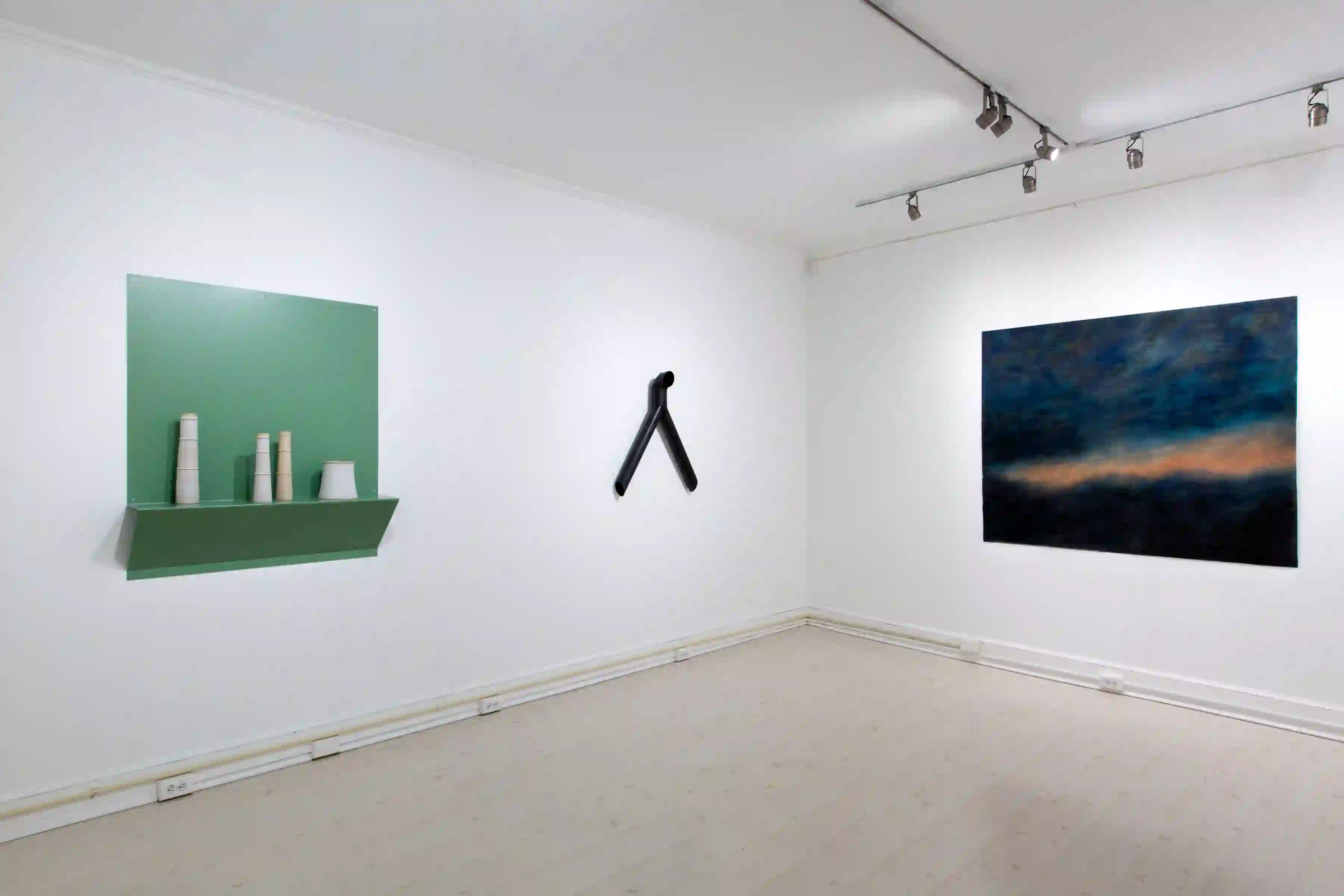
Opened on September 25, 2018, Young Italians was conceived as a 50th anniversary tribute to the show of the same name, curated by Alan Solomon, which took place at the Institute of Contemporary Art in Boston and the Jewish Museum in New York in 1968, featuring the work of twelve young Italian artists of that time. The exhibition at the Italian Cultural Institute, which ran from September 25 until November 1, 2018, featured twelve Italian artists, under the age of 40, all of whom were either born, grew up in or currently work in Italy. Also included are Italian artists who have moved to New York, in order to examine the extent to which Italian culture is present in their work and the interplay between exact location and displacement.
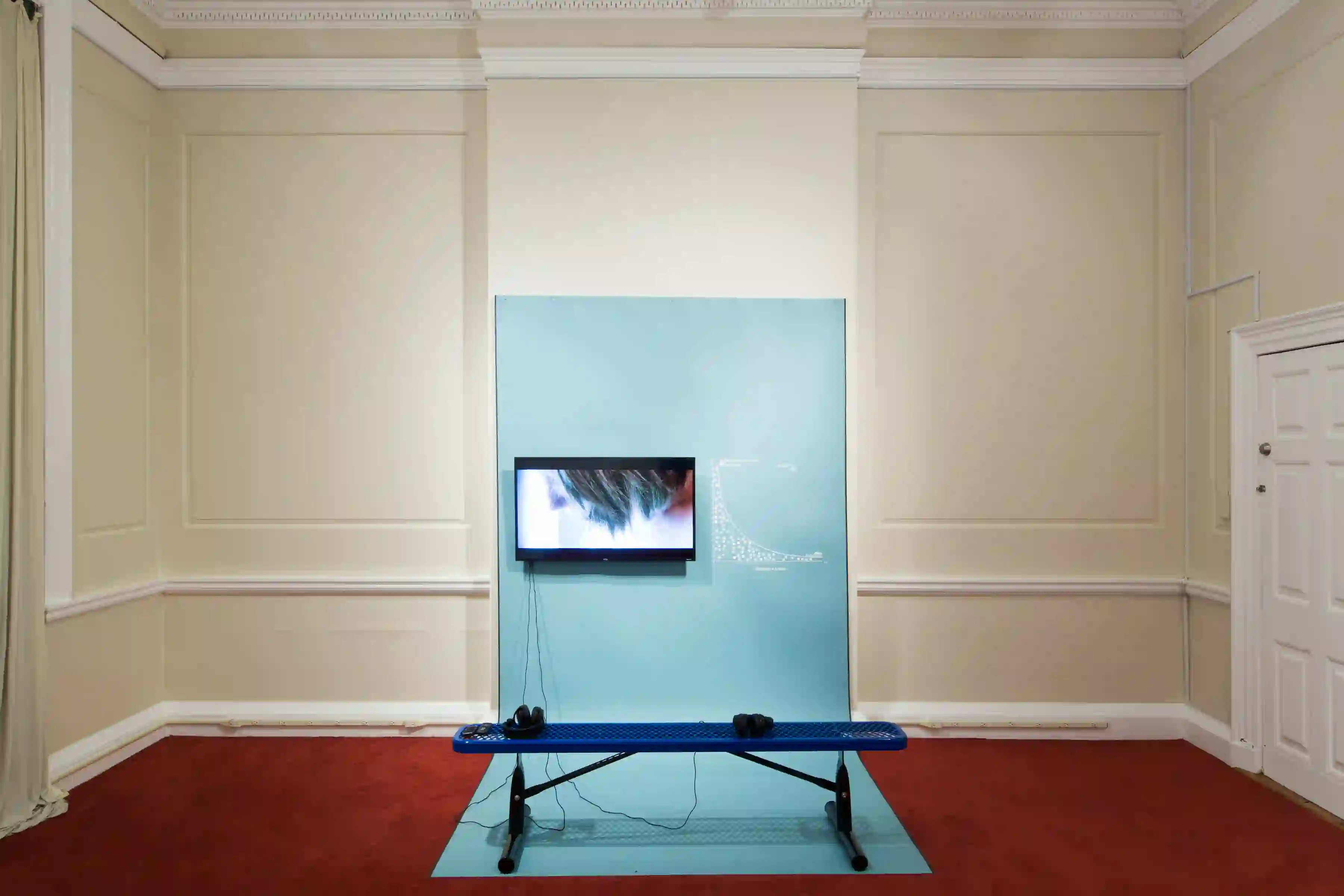
Italy’s long and complex history spawned various regional differences, languages, political changes, economic imbalance and art movements. Artists Davide Balliano, Danilo Correale, Irene Dionisio, An/tonio Fiorentino, Silvia Giambrone, Domenico Antonio Mancini, Elena Mazzi, Luca Monterastelli, Ornaghi & Prestinari, Gian Maria Tosatti, Eugenia Vanni, and Serena Vestrucci analyzed and responded to these elements of Italy’s cultural heritage with attention to current Italian social and political as well. These artist were conscious of their history and referred to it as they sought a sense of purpose in their art.
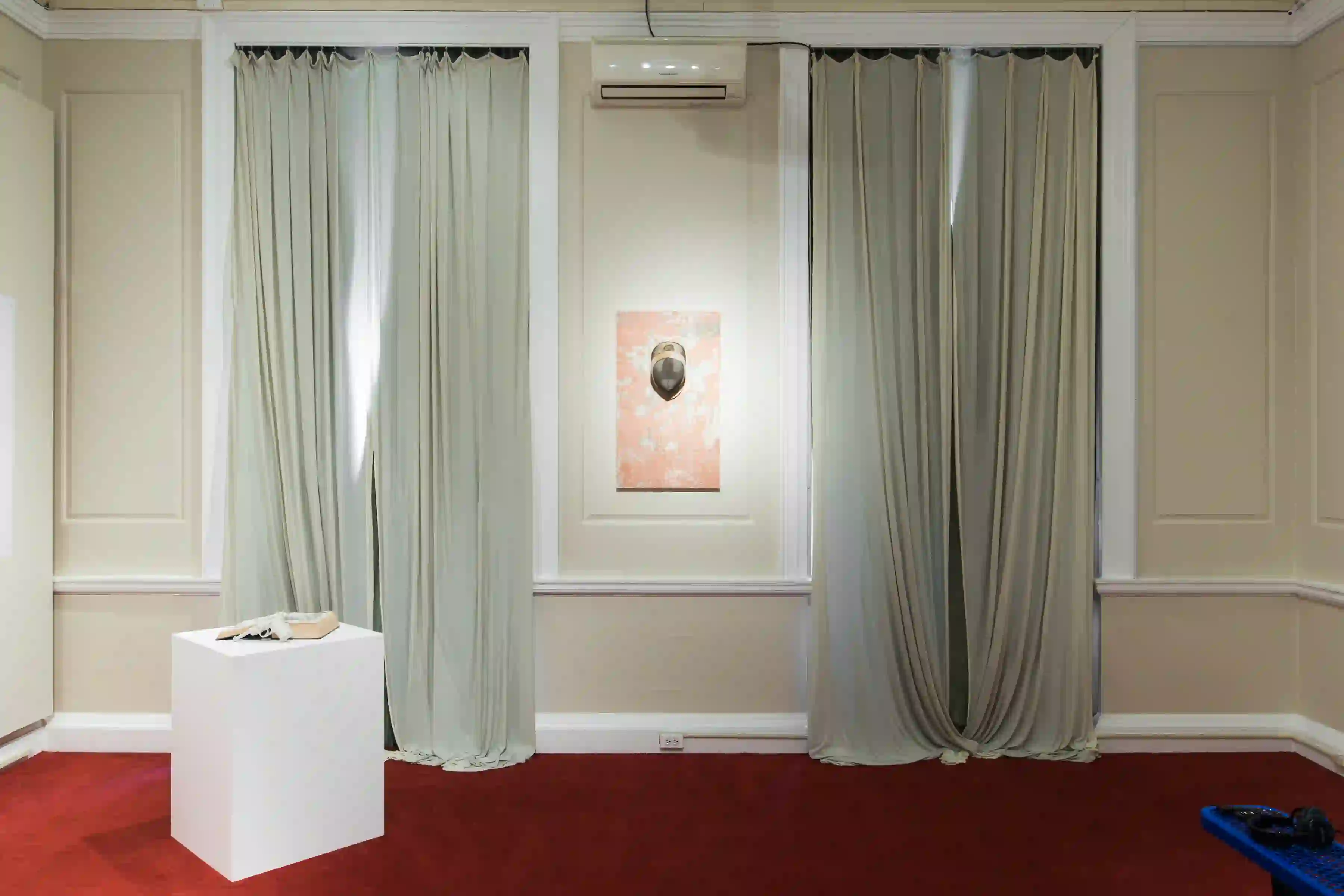
Although the purpose of the exhibition was to analyze the status of Italian contemporary art, this was not a comprehensive survey but rather an analysis on the work of twelve artists defined by two common tendencies in their work. Therefore, the artists can be broken down into two groups: I(n)-Arte [I(n)-Art], a group of six artists who have considered Italian art history, and then crossed it, inheriting a manual skill understood to be the reflection and subjectivization of techniques, materials, and sources of the image. The other group, I(n)-Realtà [I(n)-Reality], has a similar approach but instead used Italy’s contemporary social, political, environmental, and cultural reality, inheriting the desire to find alternatives to its most cogent problems. The letter “I” that they have in common, goes back to the theme that underlined the works on view: Italy as Image, that is its culture as the origin of creation. All twelve artists conceived art as a visualization, or a consolidation in an object/image, of a specific way of experiencing the Italian culture. The common theme underlying the work of these young Italian artists today was legacy, a reflection on the subjective re-appropriation of one’s cultural horizon.
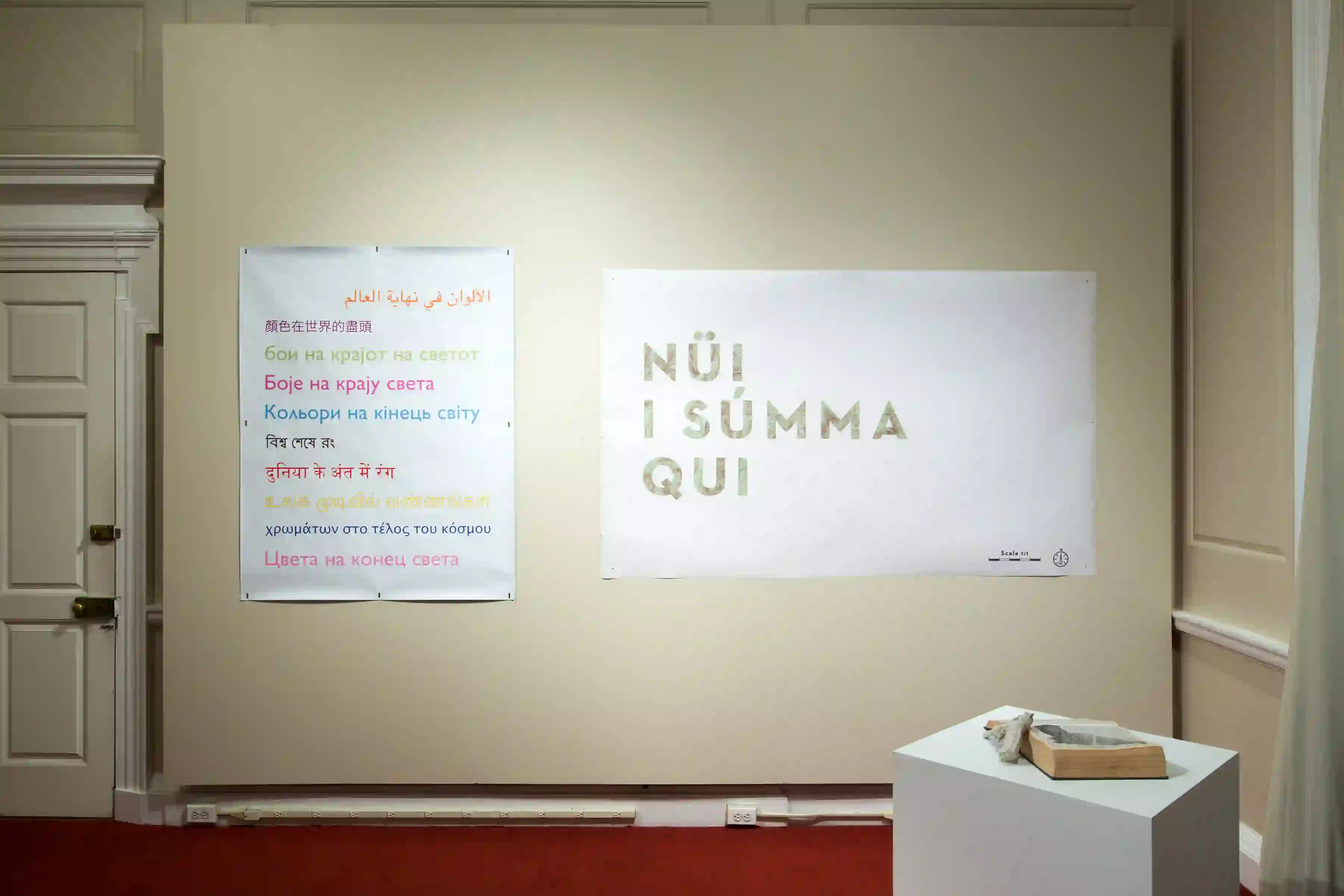
Similar to the 1968 exhibition Young Italians, the show aimed to consider the reasons for the scant presence abroad of the art of young Italians. The exhibition sought to support contemporary Italian artists, make them known in the United States, and considered what is unique about contemporary Italian Art today. It also allowed for parallels to be drawn between the contemporary Italian art scene in 1968 and, at the time of the exhibition, how it appeared to function in 2018, offering some ideas about the new directions among younger artists and shedding light on the unique features and common denominators of the work of young Italian artists today.
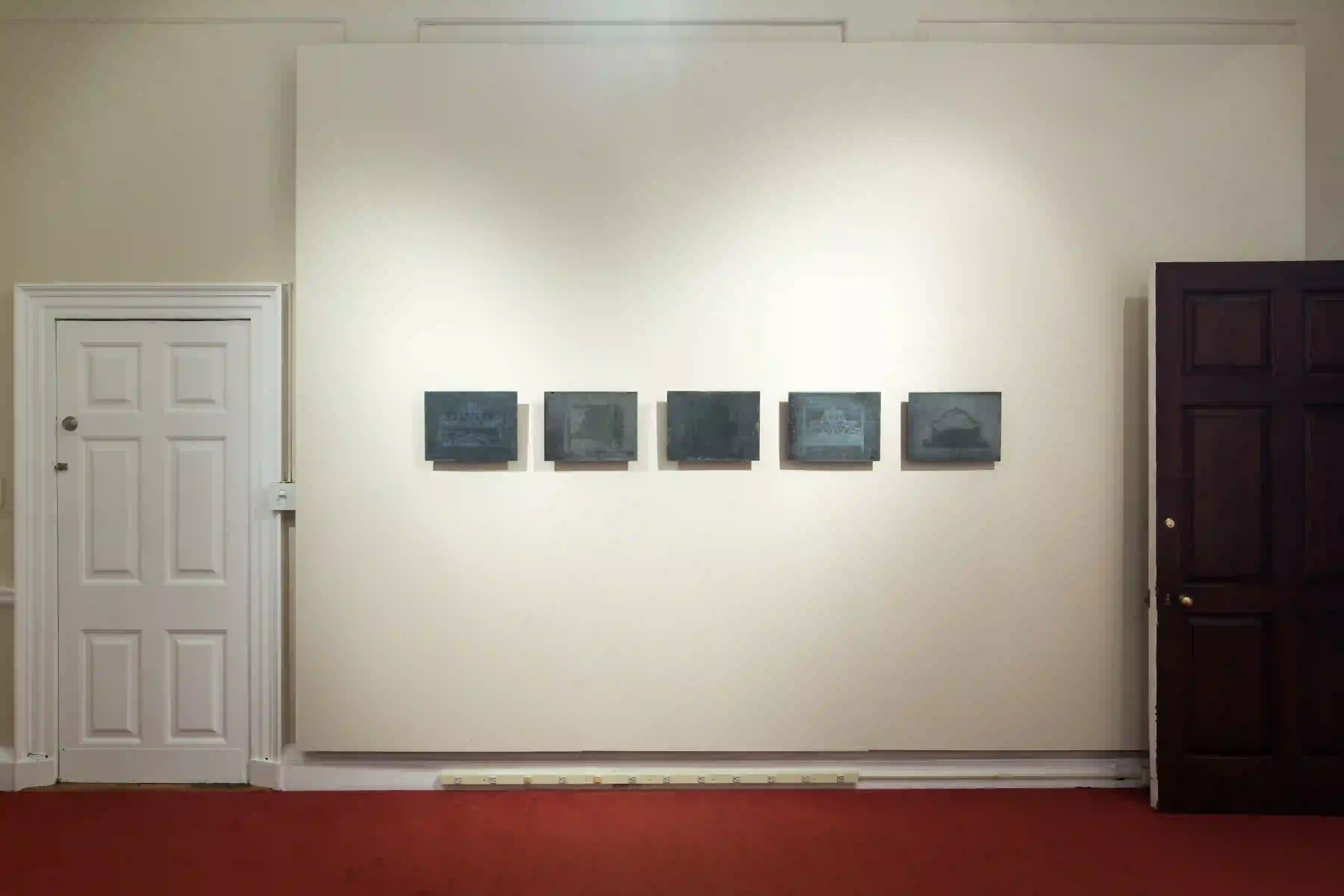
The exhibition was accompanied by an illustrated catalogue with an essay by the curator, Ilaria Bernardi and contributions by Claudia Gould, Helen Goldsmith Menschel Director at the Jewish Museum, Giorgio van Straten, Director of the Cultural Institute in New York, Nancy Olnick and Giorgio Spanu, Co-founders of Magazzino Italian Art.
About Magazzino Italian Art
Magazzino Italian Art is a museum located in Cold Spring, New York, devoted to Postwar and Contemporary Italian art. Magazzino, meaning warehouse in Italian, was co-founded by Nancy Olnick and Giorgio Spanu. Designed by Spanish architect Miguel Quismondo, the 20,000 square-foot structure was completed in June 2017. Magazzino, serves as a resource for scholars and students and offers an extensive library and archive of Italian Art. In addition, Magazzino has become a cultural hub for the vibrant Hudson Valley community thanks to the joint programs with local organizations. Under the guidance of Director Vittorio Calabrese, his team and its curatorial programs, Magazzino Italian Art bridges collaborations with American and Italian institutions not only to support contemporary Italian artists but also to foster discussions on Postwar and Contemporary Italian Art in the United States.
Ilaria Bernardi is a contemporary art historian, critic, and curator. She earned a PhD in Art History at the Ca’ Foscari-IUAV University (Venice) and a Master’s Degree in Art History at the University of Florence. She worked for the Castello di Rivoli Museum of Contemporary Art (Rivoli-Turin) under the direction of Carolyn Christov-Bakargiev and, previously, for the Fondazione Giulio e Anna Paolini (Turin). Recently she was the curator, with Daniela Lancioni, for the first retrospective on Cesare Tacchi’s oeuvre held in Rome, at the Palazzo delle Esposizioni, in 2018. Specializing in Italian art from the 1960s to today, she also curated exhibitions about Italian artists including Rodolfo Aricò and Tano Festa, and in 2011 she worked for Florence’s Municipality as artistic coordinator of “Florence White Night,” an important event devoted to contemporary art. She is the author of the monographs La Tartaruga. Storia di una galleria (Postmediabooks, Milan 2018), Giulio Paolini. Opere su carta: un laboratorio gestuale per la percezione dell’immagine (Prinp, Turin 2017), Teatro delle Mostre, Roma, maggio 1968 (Scalpendi Publisher, Milan 2014), and she curated the book Arte e impresa published by Castello di Rivoli Museum of Contemporary Art (Rivoli-Turin 2017). Moreover, she has published several essays in exhibition catalogs, as well as articles in sector magazines, and she has delivered lectures on Italian art and artists during several conferences in Italy and abroad.
About the Italian Cultural Institute
Founded in 1961, the Italian Cultural Institute of New York is an office of the Italian government, dedicated to the promotion of Italian language and culture in the United States through the organization of cultural events. Under the guidance of its trustees at the Ministry of Foreign Affairs, its advisory board, and its staff, the Italian Institute of Culture of New York conforms to this commitment by fostering the cultural exchange between Italy and the US in a variety of areas, from the arts to the humanities to science. Central to the Italian Cultural Institute’s mission is a constant effort to encourage the understanding and enjoyment of Italian culture by organizing and promoting cultural events in collaboration with the most prominent academic and cultural institutions of the East Coast. The Italian Cultural Institute of New York focuses on the development of initiatives aimed at showcasing Italian excellence in various fields, such as science, technology, the arts and design. The development of academic exchanges, the organization and support of visual arts exhibitions, the grants for translation and publication of Italian books, the promotion of Italian studies, and the cooperation with local institutions in planning various events that focus on Italian music, dance, cinema, theater, architecture, literature, philosophy etc., are just a few examples of the Institute’s initiatives. In conclusion, the Italian Cultural Institute of New York provides an “open window” on the cultural and social aspects of past and current Italy.
